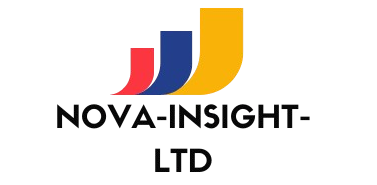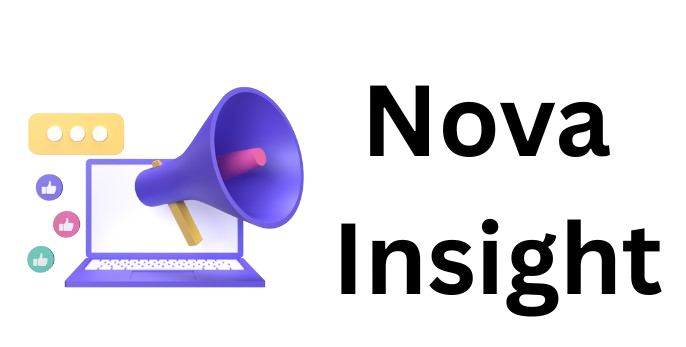In today’s fast-paced digital landscape, attention is currency—and brands are constantly competing for a sliver of it. But as consumer expectations evolve, generic advertising is losing its impact. Instead, personalization has emerged as the key to winning not just attention, but loyalty. From curated product recommendations to targeted email campaigns and dynamically personalized ads, the future of digital advertising is tailor-made—and here’s why.
Consumers expect relevance. Modern consumers are bombarded with thousands of marketing messages every day. They’ve grown immune to mass-market ads that don’t speak to their needs or interests. Instead, they gravitate toward content that feels personal, timely, and relevant. According to a report by McKinsey, 71% of consumers expect companies to deliver personalized interactions—and 76% get frustrated when this doesn’t happen. Personalized advertising ensures that users see messages that align with their behavior, preferences, and intent, which increases both engagement and conversion rates.
Data-driven precision is the new standard. With advanced analytics, machine learning, and AI, advertisers now have the tools to understand their audiences at an individual level. From browsing behavior and purchase history to location and device usage, brands can gather real-time insights to deliver smarter, more precise campaigns. Platforms like Facebook Ads, Google Ads, and programmatic advertising networks enable hyper-targeting—segmenting audiences not just by demographics, but by psychographics, behaviors, and intent signals. This level of granularity is reshaping how brands allocate ad spend and measure success.
Personalized ads drive better ROI. One-size-fits-all ads waste budget on impressions that don’t convert. Personalized campaigns, on the other hand, speak directly to the user’s journey, increasing relevance and return on investment. A study by Epsilon found that personalized emails deliver 6x higher transaction rates, and dynamic display ads can boost click-through rates by more than 40%. This efficiency is especially crucial for startups and small businesses with limited ad budgets. Personalization allows them to compete with larger brands by focusing their resources on the highest-value audiences.
Personalized advertising builds deeper brand relationships. When users feel seen and understood by a brand, they’re more likely to engage, return, and become loyal customers. From welcoming first-time users by name to delivering offers based on past behavior, personalization turns transactions into relationships. Netflix, Amazon, Spotify, and other leaders in digital personalization have set a new bar for what users expect across all industries. These brands show that when done right, personalization creates a feedback loop of engagement, satisfaction, and retention.
Real-time personalization is the next frontier. Thanks to AI and automation, real-time personalization is becoming a reality. This means delivering content, offers, and ads that respond instantly to a user’s actions. If someone abandons a cart, they might see a follow-up ad within minutes. If a user browses travel gear, they could instantly be shown relevant packages or accessories across platforms. Dynamic creative optimization (DCO) allows advertisers to assemble ad components on the fly, creating countless variations that align with unique user profiles—without needing hundreds of individual ad designs.
Privacy and personalization can coexist. As personalization grows, so does the importance of trust. Users are more privacy-conscious than ever, and regulatory frameworks like GDPR and CCPA have set clear guidelines. The future of digital advertising requires a privacy-first approach, where users are given control and transparency. Successful brands are adopting ethical personalization—leveraging first-party data, using permission-based tracking, and offering meaningful value in exchange for user information. When consumers trust a brand with their data, they’re more likely to welcome personalized experiences.
Personalization isn’t just a trend—it’s a fundamental shift in how brands communicate. In a world saturated with content, it’s the key to breaking through the noise and creating memorable, relevant, and high-performing campaigns. As AI and data capabilities evolve, the brands that embrace personalization will build stronger relationships, drive more conversions, and lead the future of digital advertising.







